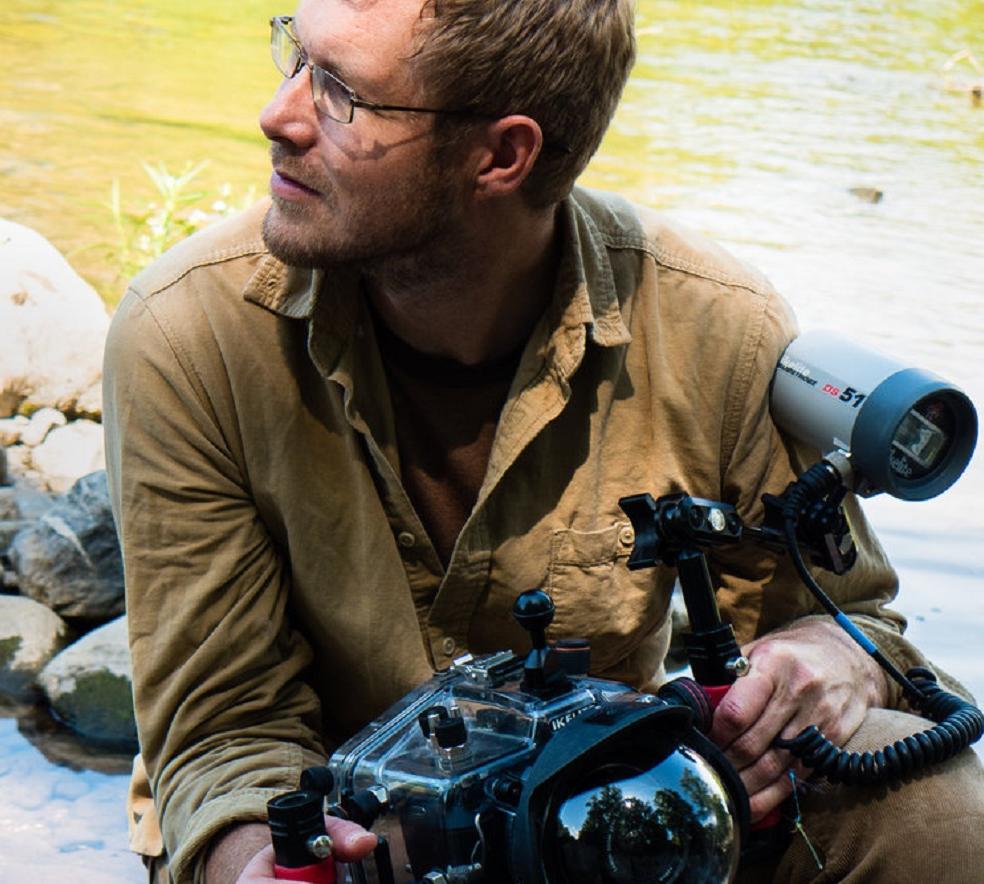
Join us at the Historic Wayne Theatre in Waynesboro, Virginia for the February edition of Science Talks, when Steven David Johnson, Conservation Photographer and Professor of Visual and Communication Arts at Eastern Mennonite University, presents "Vernal Pools: Documenting Life in Temporary Ponds".
The presentation, which takes place on Tuesday, February 8 at 7 p.m., is sponsored by the South River Science Team, the Center for Coldwaters Restoration, and the Virginia Museum of Natural History. Attendance is free.
This presentation will also be streamed live on the museum's Facebook page.
From the Presenter
The vernal pools of Appalachia form from seasonal rains and snow melt. In late winter and early spring, the pools host breeding events for amphibians and macro-invertebrates. As a conservation photographer, I’m drawn to the intricate dance of underwater life in Appalachian Mountain forests and nearby lowlands. Often overlooked because of their small size and nocturnal nature, vernal pool animals have complex lifecycles that involve an aquatic element. From the abstract patterns of spotted salamander egg masses to the golden filigree of a wood frog tadpole, there’s a tiny world of beauty and complexity that deserves notice and protection.
Documenting vernal pool life cycles is like a spiral. The same events happen every year in roughly the same order, but every year of observation adds complexity, depth and new discoveries about behavior. One year’s work might focus on hatching eggs while another year’s work might concentrate on metamorphosis. It’s a dramatic cycle that takes place on a minute scale.
In this presentation, I’ll be sharing natural history images and video from a nearly decade long exploration of vernal pool environments and discussing the role direct observation plays in understanding natural history.
About Steven David Johnson
Steven David Johnson is a conservation photographer and Professor of Visual and Communication Arts at EMU in the Shenandoah Valley of Virginia. His photography of the natural world has appeared in Orion, Nature Conservancy Magazine, Ranger Rick, Virginia Wildlife, National Science Teachers Association Press books, and numerous conservation publications and journals. Steve is vice president of the Virginia Wilderness Committee and an Affiliate of the International League of Conservation Photographers. When he’s not in the office, you’ll probably find him crouched next to a vernal pool photographing Appalachian salamanders.

 Hours & Admissions
Hours & Admissions Directions
Directions
